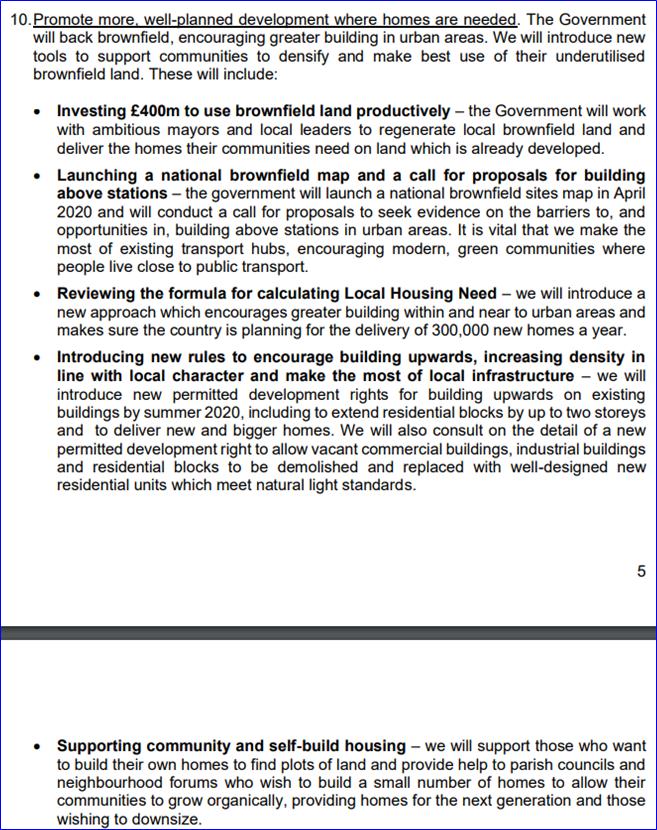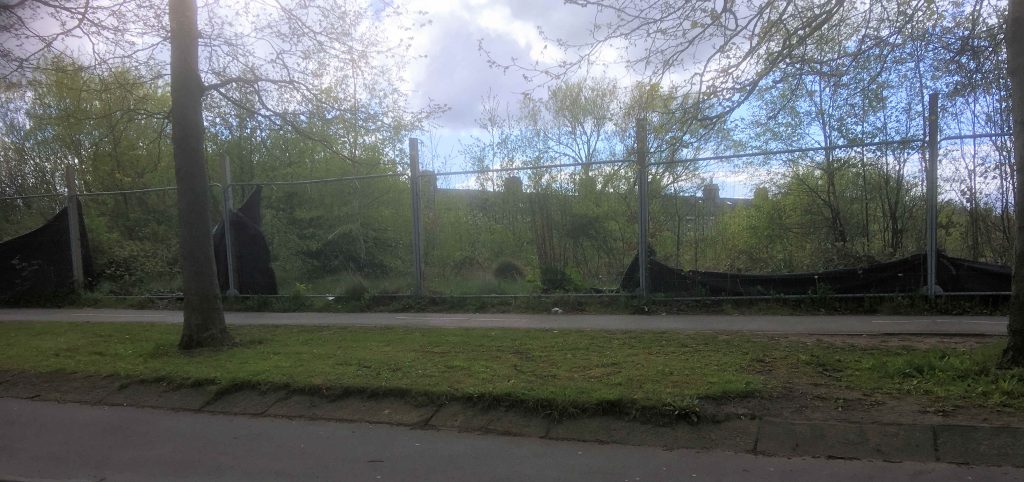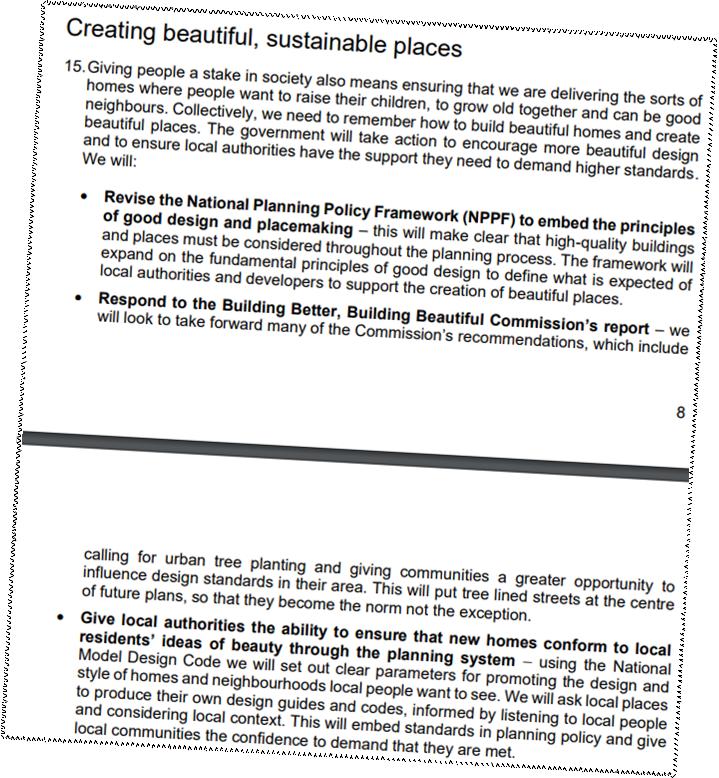The government have published proposals which could see significant changes in the way that homes are planned and delivered in York. click

The proposals include plans to make better use of brownfield (previously developed) land and a requirement for all local authorities to have an approved Local Plan.
One aspect, that has attracted local criticism, is the paragraph covering the introduction of “new rules to encourage building upwards, increasing density in line with local character and make the most of local infrastructure”. Permitted development rights (PDR) would be extended to allow residential blocks to be increased by up to two storeys. Some have claimed that this might affect views of The Minster. Indeed, it might, particularly if the proposals are applied to conservation areas and local PDRs have not already been restricted by the local Council.
That does need to be clarified before changes are published later in the year.
But the White Paper also includes some positive messages.


As well as plans to make better use of brownfield land, the paper says it will ensure land allocated for housing is built on. That will ring a bell with some who regularly walk past derelict sites like that next the Barbican. It has had planning permission for homes for over 5 years.
Many will also feel sympathy for the proposal to improve security for tenants by abolishing the use of ‘no fault evictions’. The papers says, “that tenants can put down roots in their communities and plan for their long-term future”.
Local amenity organisations will surely welcome proposals to revise the National Planning Policy Framework (NPPF) to embed the principles of good design and placemaking – “this will make clear that high-quality buildings and places must be considered throughout the planning process”?
Another commitment is for urban tree planting and giving communities a greater opportunity to influence design standards in their area. “This will put tree lined streets at the centre of future plans, so that they become the norm not the exception”
The government plans to give local authorities the ability to ensure that new homes conform to “local residents’ ideas of beauty” through the planning system. “Using the National Model Design Code, we will set out clear parameters for promoting the design and style of homes and neighbourhoods local people want to see. We will ask local places to produce their own design guides and codes, informed by listening to local people and considering local context”.
There is more than a whiff of centralised control about the paper and, of course, the actual implementation of ideas often proves illusive.
The world and the City may in any event look very different in 6 months time.
But there is still something to be positive about in the White Paper

